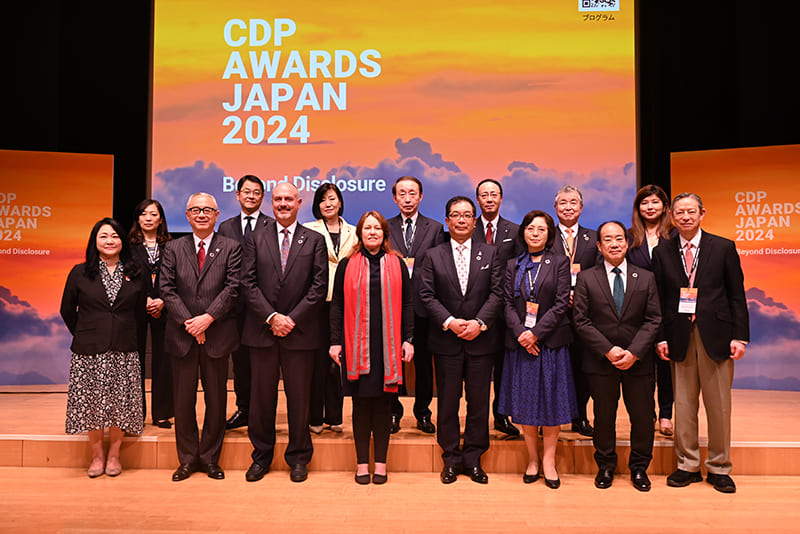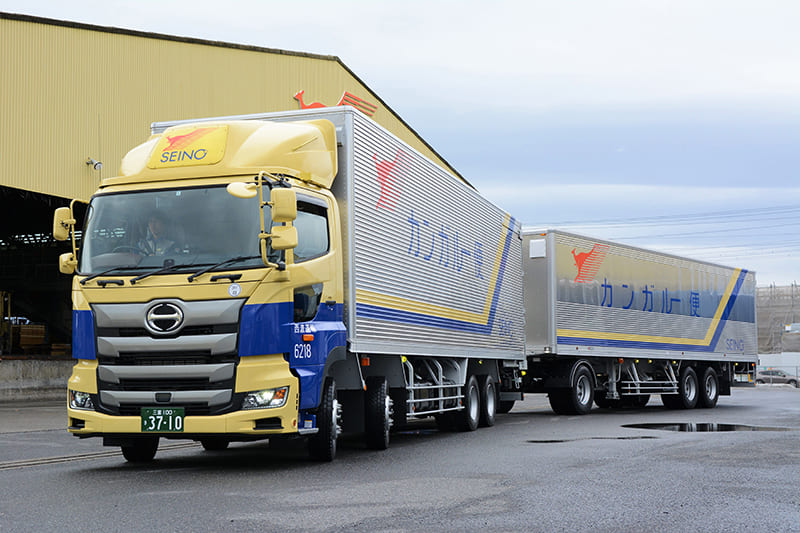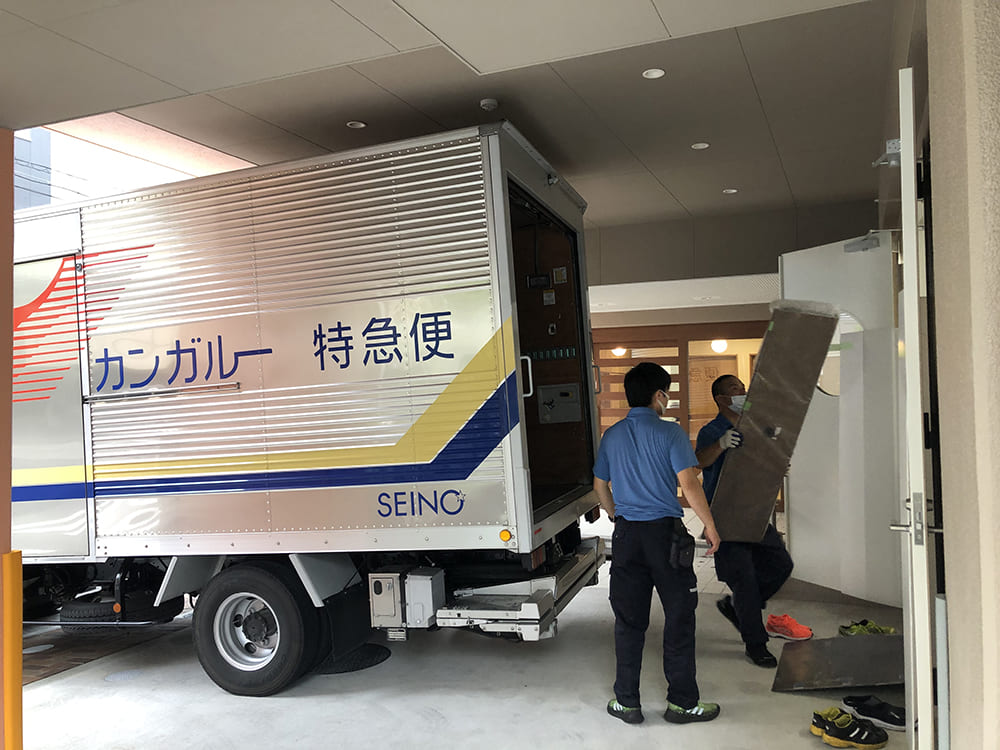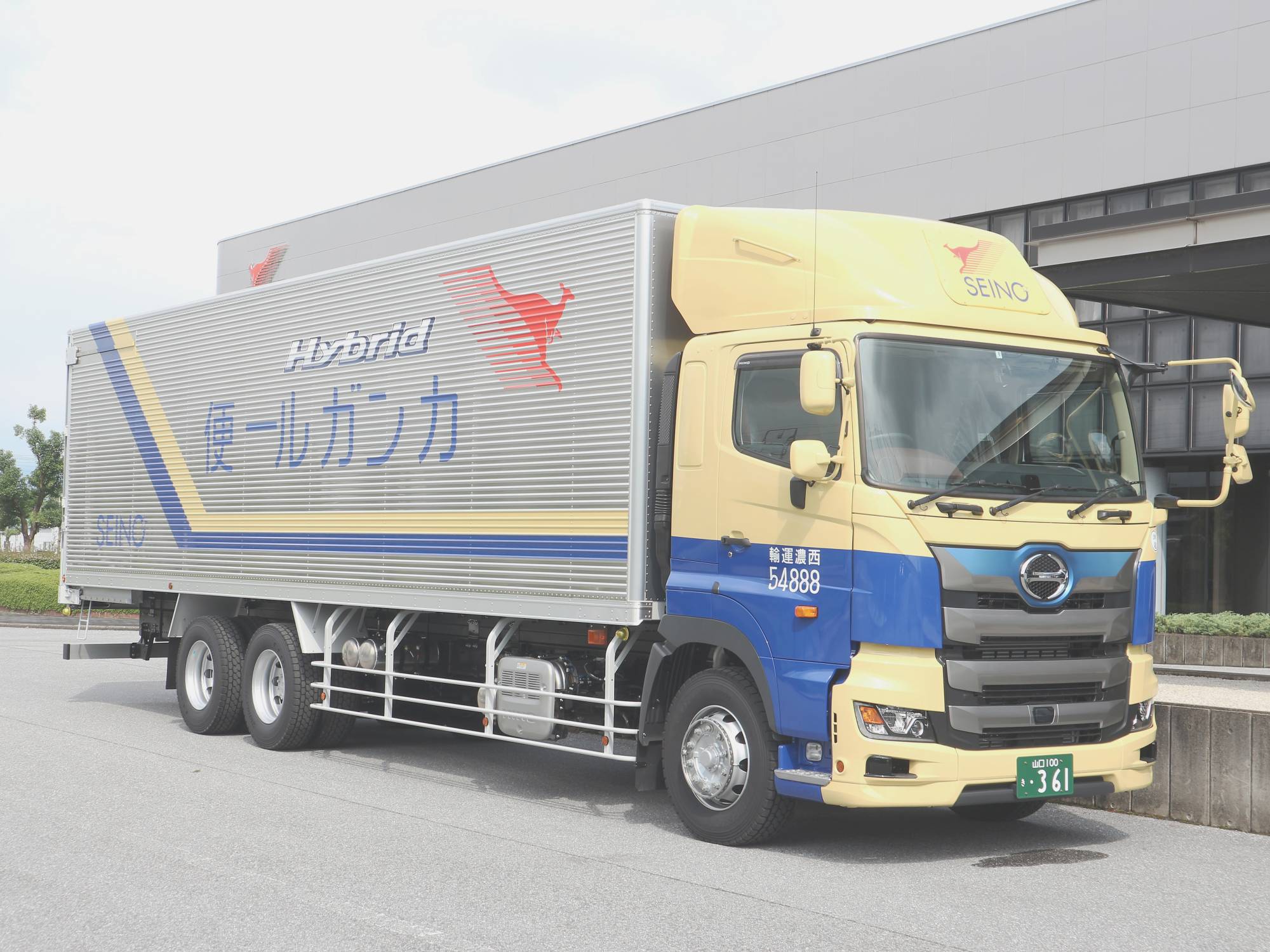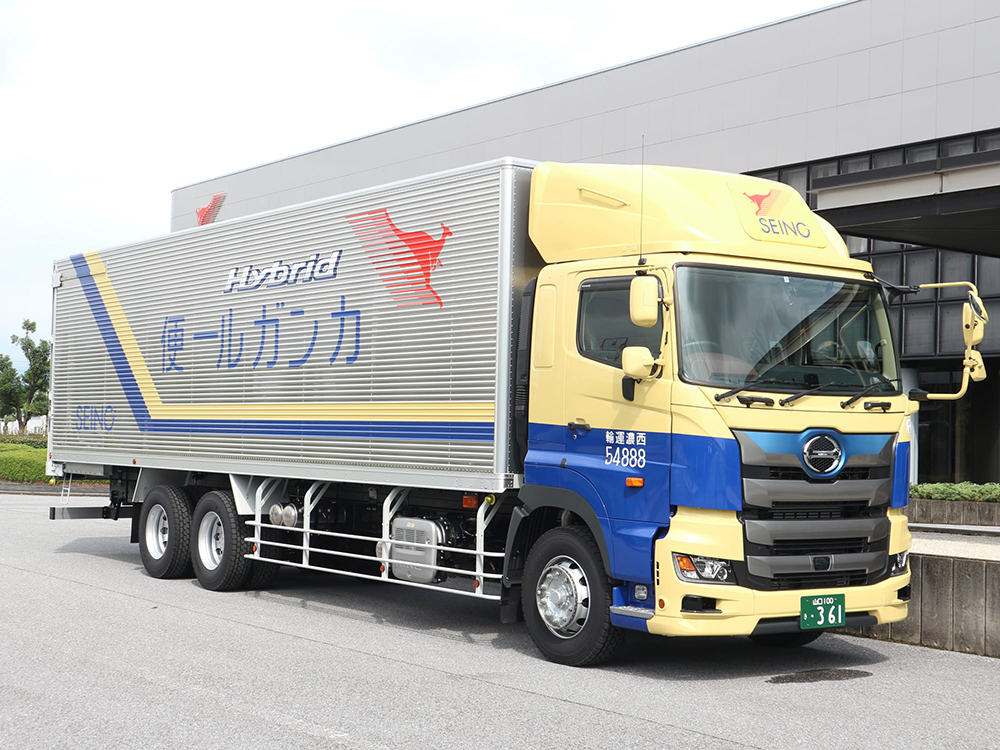January 26, 2024
Seino delivers greener logistics through open public collaboration
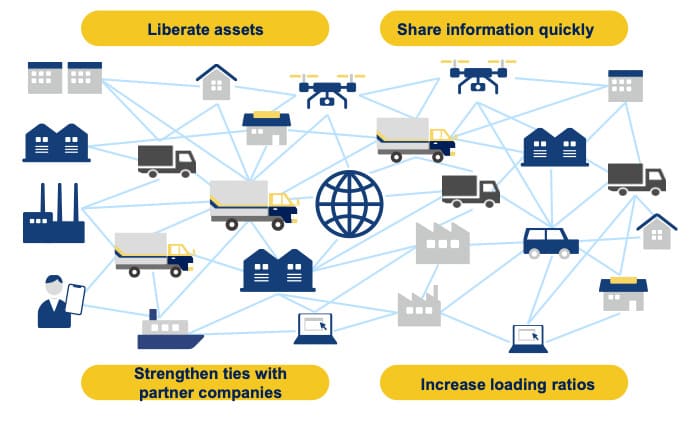
Seino Holdings Co. Ltd. has been in the logistics business for more than 90 years. Last June, the Gifu-based company expanded its continuing efforts to be environmentally friendly when it announced a long-term vision of “Team Green Logistics” based on a concept of an open public platform.
Its subsidiary Seino Transportation Co. Ltd. is one of Japan’s top commercial logistics companies and an industry leader in the pursuit of sustainability. Its efforts include a shift from trucks to rail and coastal shipping in order to reduce emissions of carbon dioxide, the introduction of two trucks hooked together, the promotion of driving skills that save energy, a switch from diesel to electric in trucks and using bicycles and carts near 57 business centers across the country. Its website lets customers calculate potential carbon emissions together with freight charges. It also has started to collaborate with other freight companies to save on energy and manpower.
Since October, the company has implemented a new measure to tackle “the 2024 problem” of various challenges that may arise from a new government policy limiting overtime for truck drivers to 960 hours a year, starting in April.
Truckers’ long working hours has been one of the most pressing labor issues in recent years, involving concerns over not just their well-being but also traffic safety. But the cap may result in less income for some drivers, which may cause some to stop working and discourage young people from joining the freight industry. This could reduce delivery capacity in the logistics industry even as the e-commerce market continues to grow.
Seino Transportation decided to take a new approach that is expected to increase its transportation capacity by 67,200 tons annually. The company turned its Kita-Osaka Branch into a dedicated intermediary center to streamline deliveries from the entire country to the Kyushu region
Because of the branch’s geographical advantage of sitting right in the middle of the route connecting Tokyo and Fukuoka as well as being near Japan Freight Railway Co.’s Osaka Freight Terminal, it had been used both as a hub to connect Kyushu and the rest of Japan and as a platform for delivering goods to northern Osaka Prefecture.
The branch handed local collections and deliveries over to two neighboring branches in Toyonaka and Settsu in order to focus entirely on providing an efficient transportation system for goods going to the Kyushu region. This allowed the Kita-Osaka Branch to enhance its transportation capacity to the area to 700 tons daily.
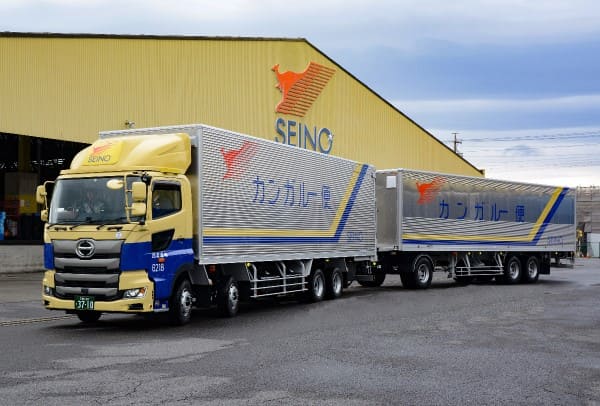
Seino is not the only company facing the 2024 problem, of course. To help others in the industry survive, the branch is accepting requests from rival companies to transport goods to Kyushu on their behalf instead of them running their own trucks on the same route.
Seino uses both rail and road to deliver goods to a dedicated intermediary center where the goods are sorted and loaded onto trucks for delivery across the region.
By aggregating packages heading to a particular area at one spot regardless of who collected them and by filling trucks to maximum capacity, fewer vehicles and drivers are needed, reducing carbon emissions and ameliorating the labor shortage. This is in line with the company’s vision to achieve Team Green Logistics using an open public platform that overcomes corporate boundaries.
The dedicated intermediary center builds on Seino Transportation’s history of working with other companies to achieve greater efficiency in energy and staffing.
In 2018, it started a collaboration with three rail freight companies — Japan Freight Liner Co., Japan Freight Railway Co. and Senrin Ltd. — to make one daily round trip by rail between Sendai and Suita in Osaka Prefecture, carrying 60 truckloads of goods. This resulted in an estimated annual reduction of 13,810 tons of carbon emissions.
Then in 2021, it launched a collaboration to use rail for transporting goods between Nagoya and Fukuoka and between Tokyo and Higashi Fukuyama in Hiroshima Prefecture. The cargo is hauled to the stations by Seino Transportation trucks, loaded onto freight trains by Japan Freight Liner and transported by Japan Freight Railway. The operation of these freight trains on the two routes together cut another estimated 13,805 tons of emissions annually.
Through these new and ongoing efforts, combined with others by Seino companies to be better and greener, the group will continue to inspire the entire freight industry to cooperate with each other toward achieving sustainability.
Seino Holdings is a member of the Sustainable Japan Network, a group of companies that cooperate with this newspaper to spread information about sustainability in Japan. You can also be part of the network; visit https://sustainable.japantimes.com/sjnetwork-jp for more details.

